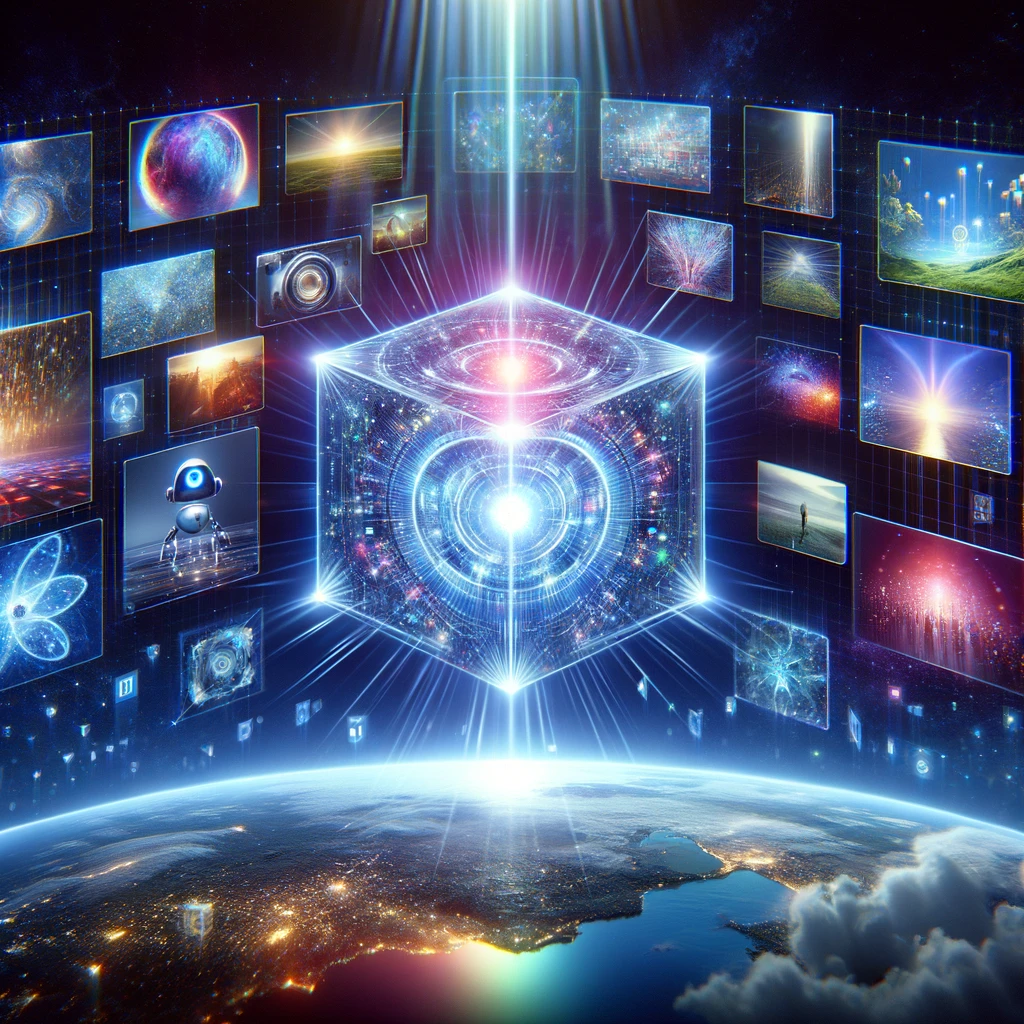OpenAI, the organization behind ChatGPT, has recently unveiled Sora, a groundbreaking text-to-video generator. Launched last Thursday by the San Francisco-based company, Sora leverages generative artificial intelligence to produce short videos from textual inputs.
While Sora is not the pioneer in this field, its video quality has been lauded by industry experts, signifying a substantial advancement for OpenAI and the broader arena of text-to-video technology.
However, the emergence of such innovative AI tools brings with it ethical and societal concerns. Here’s an in-depth look at what Sora offers and the discussions it sparks.
Sora operates by transforming written prompts into videos, lasting up to a minute, a feat achieved through advanced generative AI. This branch of AI, known for producing novel content, underpins other OpenAI creations like ChatGPT and the image-generator DALL-E.
Despite the excitement surrounding its reveal, Sora is not yet available for public use. OpenAI is currently consulting with policymakers and creatives before its full release, and many details remain under wraps. Nonetheless, the company has showcased several Sora-created videos, demonstrating its potential to craft complex and detailed visual narratives.
OpenAI’s CEO, Sam Altman, has been actively engaging with the community on X (formerly Twitter), soliciting prompt ideas and sharing videos that Sora has produced in response. These videos highlight the tool’s ability to render intricate scenes, although some limitations exist, particularly in depicting spatial relationships and cause-and-effect accurately.
Sora is not the sole contender in the AI-generated video domain. Giants like Google and Meta, alongside startups like Runway ML, have also showcased their capabilities in this space. Yet, the clarity and coherence of Sora’s outputs set it apart, indicating a leap forward in the technology’s development.
The potential for AI-generated video, as evidenced by Sora, opens new vistas for creative professionals. It offers a canvas to blend AI-generated elements with traditional content, even enabling the creation of narrative videos from minimal inputs.
Despite the enthusiasm, the rapid advancement in AI-generated video technology stirs apprehension about its misuse, particularly in sensitive areas like politics, where the ability to produce realistic videos could have significant ramifications.
As the AI industry evolves, the governance of such technologies remains largely in the hands of the companies that develop them, with global regulatory frameworks still catching up.
OpenAI has committed to rigorous safety measures ahead of Sora’s broader release, including extensive testing for vulnerabilities like misinformation and bias. The company also plans to develop tools to identify content generated by Sora, addressing concerns around misleading information.
The cautious approach to Sora’s deployment reflects a broader industry trend towards responsible AI innovation, mindful of the societal impacts. Yet, as with many AI advancements, the balance between innovation and ethical responsibility remains a central theme.
As we stand on the cusp of a new era in digital content creation, the dialogue around AI-generated videos like Sora underscores the complex interplay between technological progress and ethical stewardship.




